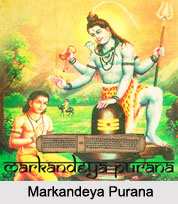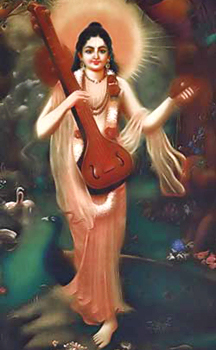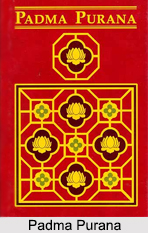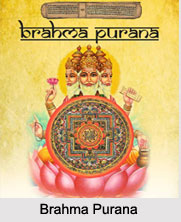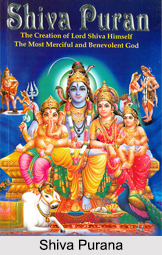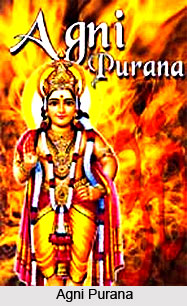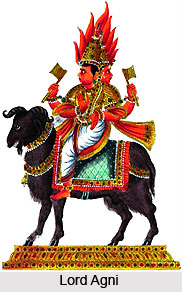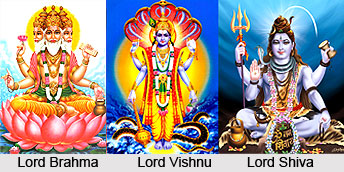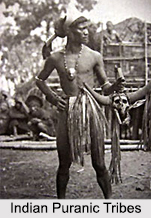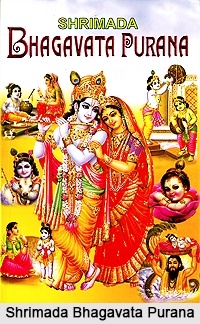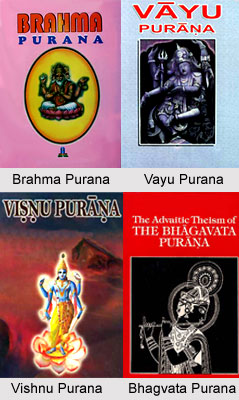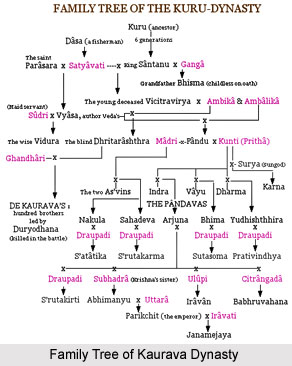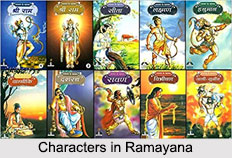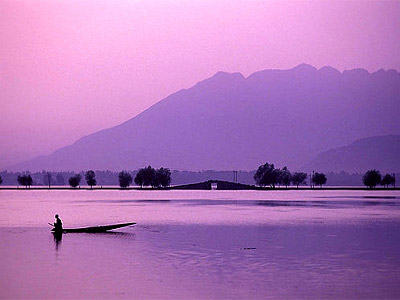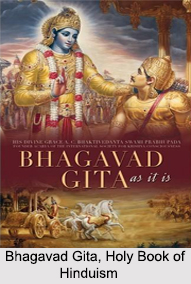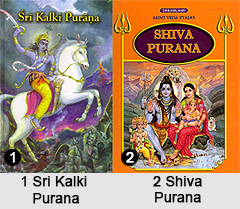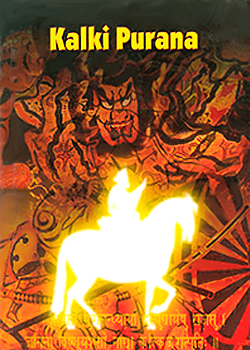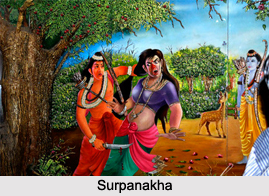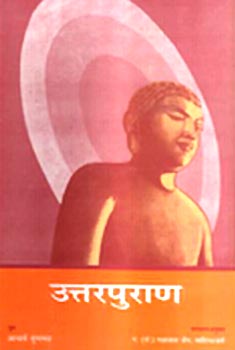 Indian Puranas are rich collection of legends, myths, and stories of creation, philosophy and geography. The puranas are considered prominent religious texts not only by the Hindus but also the Jains and the Buddhists have received information on their religion. Among the Puranic Texts, Jain and Buddhist Puranas enjoy a premier position as they narrate the story of the inception of the Jain religion as well as the Buddhist religion. Jain Puranas deal with Jain myths, history and legends and moreover, it forms a major part of early Kannada literature. Among the Jain and Buddhist Purana, the Mahapurana of Acharya Jinasena and the Swayambhu Purana are well-known.
Indian Puranas are rich collection of legends, myths, and stories of creation, philosophy and geography. The puranas are considered prominent religious texts not only by the Hindus but also the Jains and the Buddhists have received information on their religion. Among the Puranic Texts, Jain and Buddhist Puranas enjoy a premier position as they narrate the story of the inception of the Jain religion as well as the Buddhist religion. Jain Puranas deal with Jain myths, history and legends and moreover, it forms a major part of early Kannada literature. Among the Jain and Buddhist Purana, the Mahapurana of Acharya Jinasena and the Swayambhu Purana are well-known.
Swayambhu Purana occupies a great position among the Jain and Buddhist Puranas. It is a Buddhist Purana and narrates the history of the Kathmandu valley. This Buddhist scripture relates the origin and development of Kathmandu valley. Swayambhu Purana provides information about all other Buddhas who had come to India from the Kathmandu Valley. In addition to that the Swayambhu Purana describes about the religion and introduces each Buddha to the Indian Civilisation.
Mahapurana is another imperative Jain and Buddhist Puranas and considered to be the
major Jain text. This Purana has been composed by Acharya Jinasena during the rule of Rashtrakuta ruler Amoghavarsha. This Purana was later completed by his pupil Gunabhadra in the 9th century CE. In addition to that the section composed by Gunabhadra is called "Uttarapurana" and the completed and edited text was released by Lokasena who in turn was the pupil of Gunabhadra. This text has achieved the position of an encyclopedic account of the Jain tradition. Mahapurana has influenced the other Jain and non-Jain texts
According to ancient history and the Jain and Buddhist Puranas there were three major religions in India. The religions were Brahaminism, Buddhism and Jainism (Nirgranthas). The texts and the traditions and the legendary details portray that Jainism and Buddhism existed in the ancient days too. These religions can be termed as eternal. Jainism is revealed again and again in every cyclic period of the universe by forty-eight Tirthankaras. On the other hand Buddhist philosophy puts significance mostly on karma.

